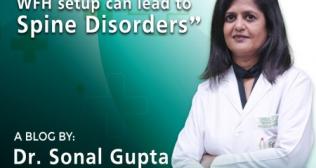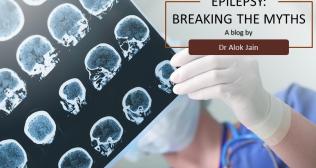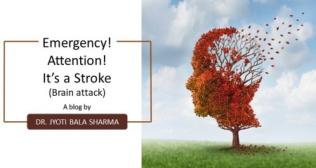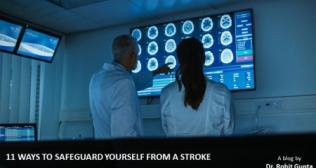
Decoding Stroke Signals: Understanding the telltale symptoms of Stroke
What is a stroke?
A neurological stroke occurs when there is a disruption in the steady flow of blood to the brain, resulting in a decrease in the brain's oxygen levels. When brain cells are deprived of oxygen and essential nutrients, they can become damaged or die within a short span of time. Once this happens, the affected cells typically do not regenerate, leading to potentially severe consequences such as physical, cognitive, and mental disabilities.
There are two kinds of neurological stroke:
- Ischemic Stroke: This type of stroke occurs when a blood vessel supplying blood to the brain is blocked by a blood clot or plaque buildup. Ischemic strokes are the most common type, accounting for about 87% of all strokes, but it varies from country to country.
- Hemorrhagic Stroke: This type of stroke occurs when a weakened blood vessel ruptures and bleeds into the surrounding brain tissue. Hemorrhagic strokes can result from conditions such as high blood pressure, aneurysms, or arteriovenous malformations (AVMs). Hemorrhages can also occur in coagulation or bleeding disorders.
What are the symptoms of neurological stroke and how to identify one?
FAST is an acronym which helps us to identify whether a person is having a neurological stroke.
F: Face drooping
Ask the person to smile and check if any side of the face is drooping.
A: Arm Weakness
Ask the person to raise both their arms and check if any arm is drifting downwards or if one is unable to raise either arms.
S: Speech Difficulty
Ask the person to repeat a phrase and look for slurring of words or inability to speak.
T: Time to contact emergency services
If you notice any of the signs above immediately call the emergency services. A stroke treatment works best if it is identified within 3 hours.
Apart from the usual symptoms, patients may present with unsteadiness, mental changes and visual symptoms. Emergency stroke thrombolysis can be done upto 4 ½ hours of onset of ischemic stroke. Mechanical thrombectomy can be done even later in selected cases.
Categories
Clear allMeet the doctor

- Neurology | Neurology
-
13 Years
-
1000



















